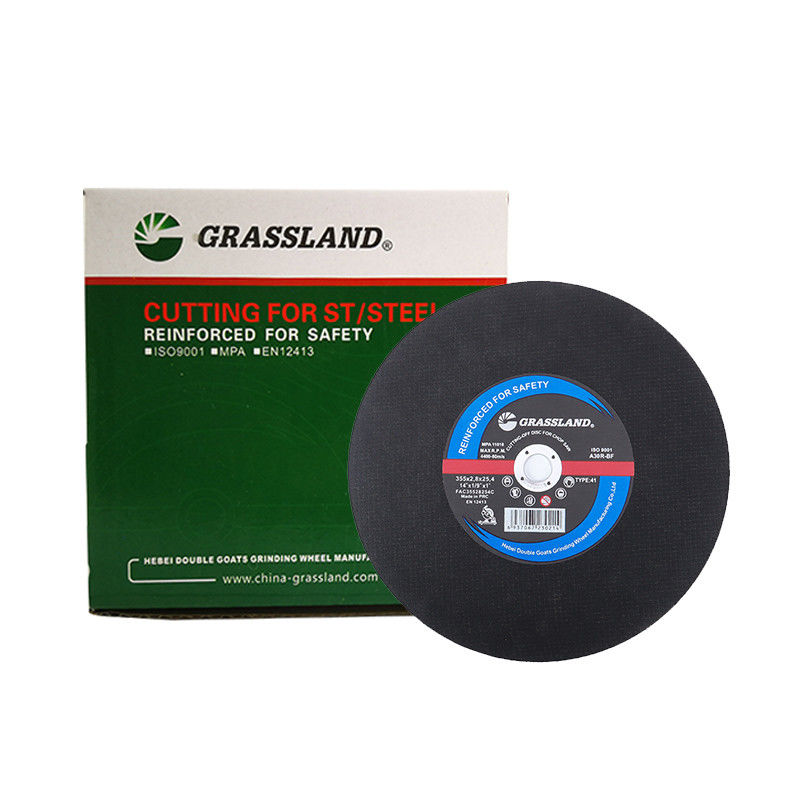The Essential Guide to Masonry Discs for Grinders
When it comes to masonry work, whether you're a seasoned professional or a DIY enthusiast, having the right tools is paramount. One of the most crucial tools in your arsenal is the angle grinder, but even the best grinder will only perform optimally with the right disc attached. In this guide, we'll explore the benefits, types, and best practices for using masonry discs on grinders.
Understanding Masonry Discs
Masonry discs are specifically designed for cutting through tough materials such as brick, concrete, stone, and tile. They are typically made from high-quality abrasive materials bonded together, and their unique design allows them to handle the rigors of heavy-duty grinding.
There are two primary types of masonry discs segmented and non-segmented.
- Segmented Discs These discs feature distinct segments with notched edges, which facilitate faster cutting and improve cooling through better airflow. They are excellent for general masonry cutting and are particularly effective for thicker materials.
- Non-segmented Discs Often referred to as continuous rim discs, these are ideal for producing smooth cuts in materials such as tiles. The continuous rim provides less chipping and helps achieve a polished finish, making them perfect for aesthetic projects.
Benefits of Using the Right Masonry Disc
1. Precision and Speed Using a masonry disc suitable for the job will help you achieve accurate cuts in a shorter time. This efficiency is vital for project timelines and reduces wear on the grinder.
2. Longevity High-quality masonry discs are designed to withstand extreme conditions. Opting for durable discs can prevent frequent replacement and save money in the long run.
masonry disc for grinder

3. Safety Discs that are designed specifically for masonry work feature rigorous safety standards. Using the correct disc not only protects the grinder but also minimizes risks to the user, preventing accidents caused by breakage or improper use.
Best Practices for Using Masonry Discs
1. Select the Right Disc Always choose a disc that matches the type of material you will be cutting. Check the manufacturer's specifications for the optimal application.
2. Maintain the Grinder Before using a masonry disc, ensure your grinder is in good working order. Check for any signs of wear or damage and make sure that the disc is securely attached.
3. Use Appropriate RPM Settings Most masonry discs have a recommended RPM range. Operating the grinder outside this range can lead to premature wear or even dangerous breakage.
4. Protective Gear Always wear appropriate safety gear, including eye protection, gloves, and a dust mask. Cutting masonry can produce a significant amount of dust and debris.
5. Cut with Care Allow the weight of the grinder to do most of the work without forcing it through the material. This approach extends the life of the disc and produces cleaner cuts.
Conclusion
Masonry discs for grinders are an essential component for anyone working with hard materials. With the right choice of disc, proper maintenance, and adherence to safety practices, you can enhance your efficiency and the quality of your work. Whether you’re cutting tiles for a new floor, trimming bricks for a patio, or shaping concrete blocks, investing in quality masonry discs will yield the best results for your projects. Remember, the key to successful masonry work lies not just in the tools you use, but in how you use them. Happy grinding!
Post time:Dec - 04 - 2024

















